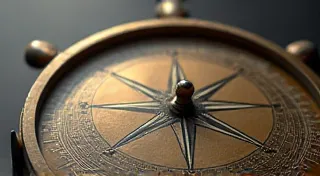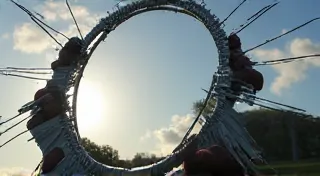The Cartographer's Tongue: Mapping the Unseen Boundaries of Local Language
Imagine a world meticulously drawn, not with political boundaries carved in stone, but with the shimmering, shifting edges of language. These aren’t lines you can see on a map; they are felt, heard, and understood by those who live within their subtle influence. They are the territories of local language, ephemeral and deeply personal, a patchwork quilt of pronunciation, vocabulary, and cadence woven from generations of shared experience. And, much like antique accordions, these linguistic landscapes possess a beauty and complexity that rewards patient exploration.
I remember my grandfather, a man who’s silence was often more eloquent than any spoken word. He grew up in a small Appalachian community where the language felt almost *thick*, saturated with a history I only began to grasp later in life. He's never been a man of many words, and those few he chose often contained phrases and inflections I didn’t immediately understand. It wasn't simply a different vocabulary; it was the *way* he said things, the rhythm, the drawn-out vowels, the unexpected contractions. Later, I learned that this was a distinctly local dialect, a holdover from earlier waves of settlers and shaped by the isolation of the region. It was more than just communication; it was a declaration of belonging, a shared cultural inheritance.
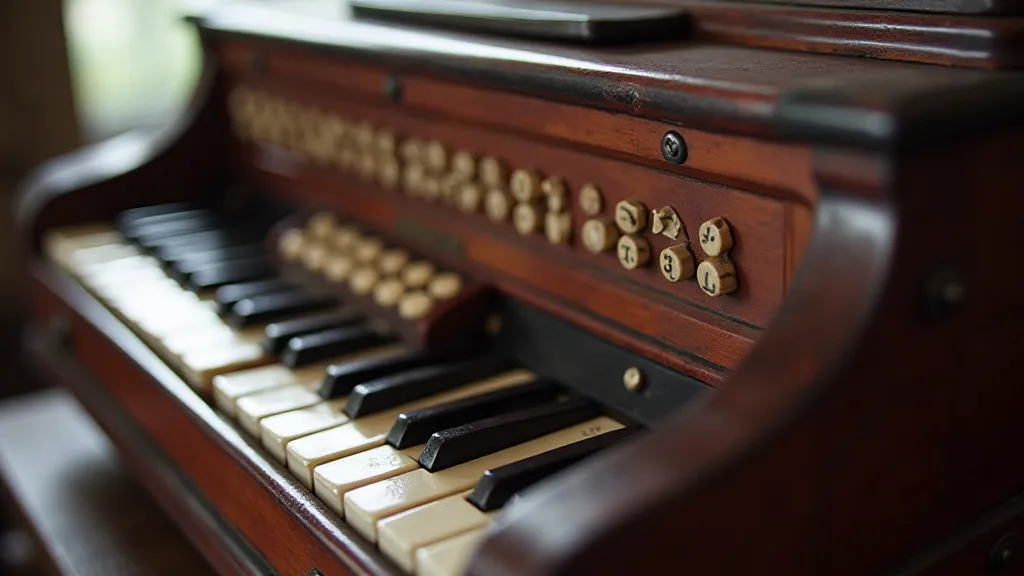
The Ephemeral Map: Defining Linguistic Territories
The study of dialects, a branch of linguistics, seeks to understand these variations. It’s a fascinating blend of historical tracing and contemporary observation. Just as a cartographer painstakingly charts mountain ranges and river systems, a linguist endeavors to map the contours of local language. This isn’t about judging one dialect as "better" than another; it's about understanding *why* these differences exist and what they reveal about the people who speak them.
Regional dialects are rarely born in a vacuum. They are shaped by a confluence of factors: geographical isolation, historical migration patterns, contact with other languages, and even social class. Think about the influence of the Pennsylvania Dutch language, a Germanic dialect brought over by immigrants centuries ago, which continues to leave its mark on the speech of parts of Pennsylvania. Or consider the unique vocabulary of Louisiana Cajun French, a fusion of French, Spanish, and Native American languages.
Identifying these territories isn’t always straightforward. The boundaries are rarely clear-cut. There's often a "transition zone" where features of different dialects overlap and blend. This is where the work of the linguist becomes particularly nuanced, requiring careful observation and a keen ear for subtle shifts in pronunciation and vocabulary. Sometimes, a single street can be the dividing line between one dialect and another, a testament to the micro-level variations that can arise within even a small area.
The Craftsmanship of Language: A Living Tradition
Just as an accordion’s construction involves a meticulous process of crafting wood, metal, and bellows, language itself is a craft, passed down through generations. Each speaker contributes to its evolution, subtly altering its course. Older generations often retain features that are fading from use in younger speakers, creating a fascinating interplay between tradition and change.
Consider the word "pecan." In some Southern regions, it's pronounced "pee-kahn," while in others, it's "pee-can." This seemingly minor difference reflects distinct historical influences and patterns of settlement. Similar variations exist for countless words and phrases, each a tiny window into the region’s past. These aren’t random errors; they are the result of complex linguistic processes unfolding over time.
The preservation of these local languages is often intertwined with the preservation of cultural heritage. As globalization accelerates and standardized forms of language become increasingly dominant, there is a growing awareness of the importance of safeguarding these unique linguistic landscapes. Think of the skilled artisan meticulously restoring an antique accordion, preserving its original features and ensuring its longevity. Similarly, efforts to document and revitalize local languages are crucial for maintaining cultural identity and ensuring that these valuable pieces of history are not lost forever.
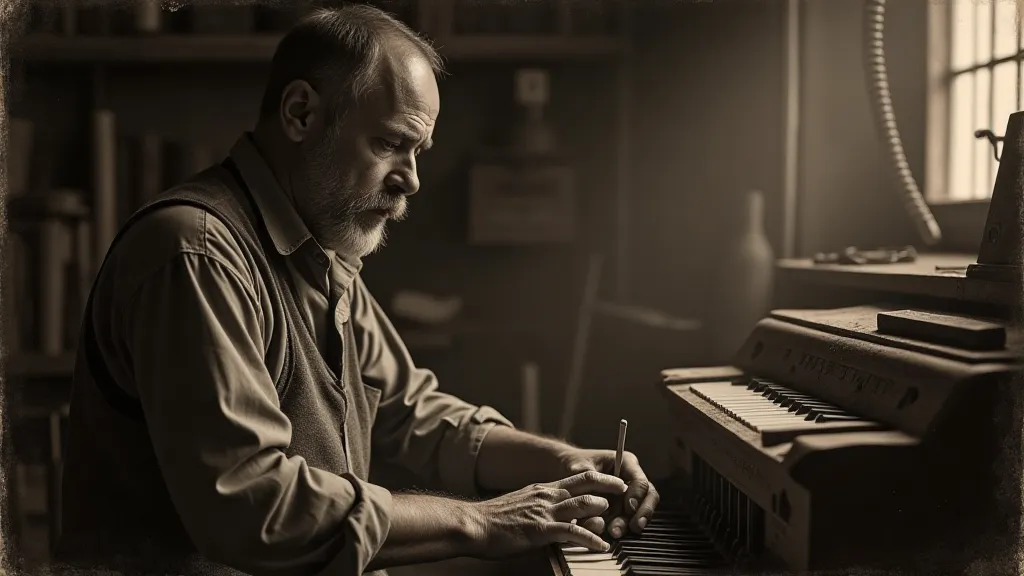
The Listener's Ear: Cultivating Linguistic Sensitivity
Understanding and appreciating regional dialects requires more than just knowledge of linguistic principles; it requires a cultivated ear and a willingness to listen without judgment. It’s about recognizing that a different way of speaking doesn't equate to a lesser form of intelligence or education.
It’s easy to fall into the trap of mocking or ridiculing unfamiliar accents or vocabulary. But such behavior is not only disrespectful; it is also a profound misunderstanding of the richness and complexity of human language. Each dialect represents a unique perspective on the world, a distinct way of expressing thoughts and emotions.
Learning to appreciate these differences can be a deeply rewarding experience. It can open up new ways of understanding your own community and the communities around you. It can foster empathy and respect for people from different backgrounds. It’s akin to discovering the subtle nuances of a beloved piece of music, appreciating the artistry and skill that went into its creation.
A Living Map: The Ongoing Evolution
The linguistic landscape is never static. It’s a living map, constantly being redrawn by the forces of change. New words and phrases emerge, old ones fade away, and accents shift and evolve. Just as a cartographer revises maps to reflect changes in the physical world, linguists continually update their understanding of local language.
The internet and social media have introduced new complexities to this process. While they can facilitate communication across geographical boundaries, they can also contribute to the homogenization of language. Young people, exposed to a wider range of accents and vocabulary, may begin to adopt standardized forms of speech, blurring the lines between regional dialects.
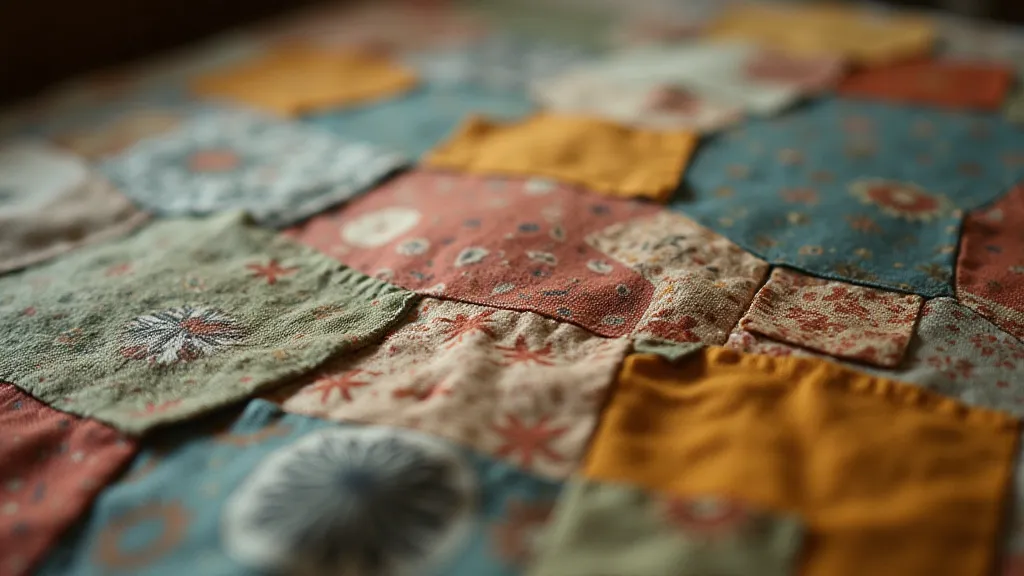
Despite these challenges, the spirit of local language endures. It is a powerful testament to the creativity and resilience of human communication. It is a reminder that language is more than just a tool for conveying information; it is a vital part of our cultural identity, a shared heritage that connects us to our past and shapes our future. And like a beautifully restored antique accordion, a well-preserved local language provides a window into a particular time and place, a unique and irreplaceable treasure.



